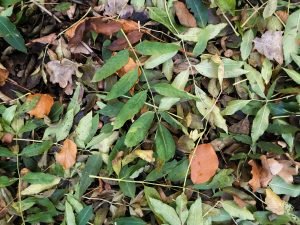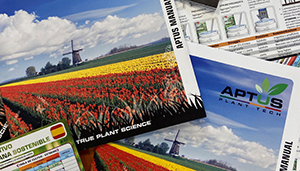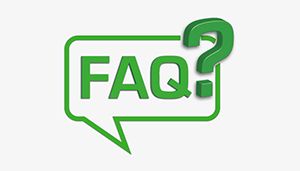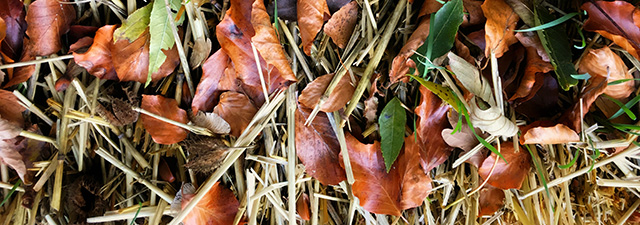To Mulch, or not to Mulch?
In this post we’re giving you an introduction in the world of mulching. Mulch is basically any material that’s used as a soil covering. There’s a whole lot of organic and inorganic mulch materials available. Think of things like straw, grass clippings, wood chips, leaves, but also newspapers or just plastic.
Like everything in life, mulching has some advantages and disadvantages. Let’s start with the positive and look at the advantages first.
- Mulching helps to prevent a jungle of weeds taking over your veggie patch. Like other plants, weeds need heat and light to grow. By mulching you prevent that heat and light to reach the soil, never giving weeds a chance!
- By mulching with organic material you give your micro-life a boost. Your soil contains all kinds of organisms like bacteria, fungi, nematodes and protozoa. These organisms play an important role in the quality of your soil, and they benefit greatly from the moisture, heat and nutrients added by your mulch. Your micro-life will start decomposing the mulch, adding valuable microbial biomass.
- Above that, mulching also prevents erosion of your soil. With heavy rainfall, unprotected soil can wash away. Also, in harsh winters and dry circumstances small parts of your top soil can blow away. A covered soil is less susceptible to erosion than uncovered soil. In short, Mulching keeps valuable soil!
- With a soil covered with mulch, the moisture in the soil is better protected. Especially during dry weather, water can easily evaporate from bare soil. Sun and wind will not be able to pick up the water from covered soil. You can clearly see this on a dry, sunny day when you compare uncovered soil with the soil under a head of lettuce. The soil under the plant will be considerably more moist than the bare soil around it, that’s constantly subjected to sun and wind.
All in all we can conclude mulching has some great advantages compared to leaving your soil bare, but there are some possible disadvantages as well.
- <
 It goes without saying that mulching takes time. The time it takes to apply the material is mostly dependent on how big your veggie patch is. Sowing and planting will take a little more time as well, since you will need to move the mulch before sowing or planting. This time is possibly compensated with the time you save weeding and watering for the rest of the season.
It goes without saying that mulching takes time. The time it takes to apply the material is mostly dependent on how big your veggie patch is. Sowing and planting will take a little more time as well, since you will need to move the mulch before sowing or planting. This time is possibly compensated with the time you save weeding and watering for the rest of the season. - Depending on the type of mulch you use, it may cost you money. The costs depend on both the size of your plot and materials you use. You can usually find grass and leafs somewhere for free, but for straw or cacao shells for example you will likely have to pay.
- The digestion of organic mulch may pull valuable nitrogen from your soil in the short term. That nitrogen may otherwise be used by your plants. You can prevent this by adding a layer of compost, or nitrogen-rich fertilizer to your mulch.
We think mulching is a valuable garden skill, and it can save you a lot of work. Now you know the advantages and disadvantages of mulching you can decide for yourself if it’s for you. We have only scratched the surface here but there’s a lot of great books on the subject, and the internet is full of good information as well if you want to learn more.





